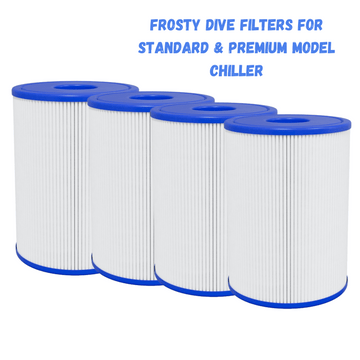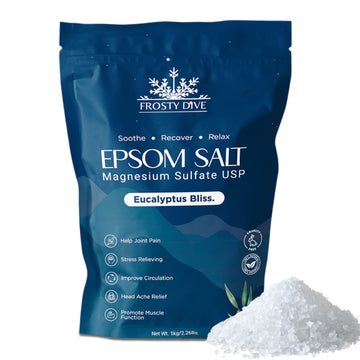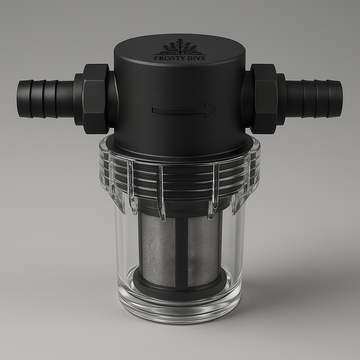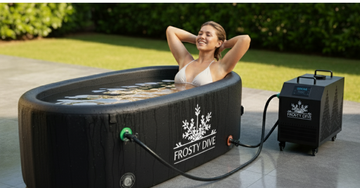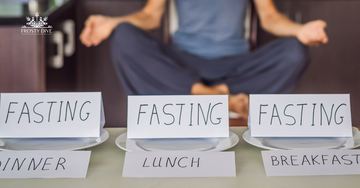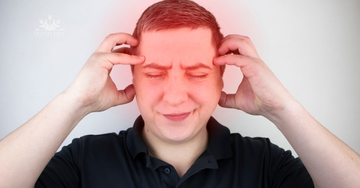A cold plunge (or ice bath) is when you immerse yourself—up to the shoulders—in chilly water, usually between 50–60 °F (10–15 °C), for a few minutes. Athletes use it to cool down, recover faster, or sharpen their focus.
Timing Matters: Before vs After Exercise
Before Your Workout
Alertness boost: A quick dip before a gym session or run can wake you up, spark your nervous system, and deliver a burst of energy
Pre-cooling benefits: In hot weather or demanding aerobic activities, stepping into cold water first can help lower body temperature and raise endurance potential
But watch out: Cold muscles don’t flex or fire as well—power, speed, and lift output could dip if you plunge too deeply or too long before movement.
After Your Workout
Soothe muscle ache: Evidence shows post-exercise ice baths reduce delayed-onset muscle soreness (DOMS), helping you feel less stiff over the next couple of days
Accelerated recovery: Cold water slows inflammation and swelling, allowing quicker strength rebound after intense training
Potential drawback: If your goal is muscle growth or strength gain, frequent cold dips right after lifting may blunt training adaptations
Quick Comparison
Goal Before workout to pre-cool
Best Time to Cold Plunge After workout (2–3 min recovery dip)
Wake-up / energy boost Maximize muscle gain
Before workout (1–2 min in cool water) Either avoid post-workout plunge or delay it
Exercise in heat Mental resilience
Reduce soreness Both before and after works well
Temperature & Duration Guide
Water range: 50–60 °F (10–15 °C) is ideal for recovery.
Before training: Limit to 1–2 minutes to sharpen mind without chilling muscles too much.
After exercise: Aim for 2–5 minutes to help ease soreness; some suggest extending up to
10 minutes based on personal tolerance .
Safety Tips & Precautions
Heart conditions – Sudden cold can spike blood pressure and strain the heart; seek medical advice before starting.
Ease in – Enter water gradually and focus on calm breathing to prevent shock.
Don't overdo it – Longer than 10 minutes increases hypothermia risk.
Warm up afterward – Dry off and layer up gently; avoid switching immediately to hot water.
Final Thoughts
A cold plunge can be a powerful tool when used thoughtfully. It can recharge your mind, aid physical recovery, and promote wellness—but it depends on when you do it and why. Try both approaches, observe how your muscles and mindset respond, and build the habit that feels right.
Have you tried pre- or post-workout ice baths? Tell me what you’ve noticed—it's always interesting to hear how different routines feel!














